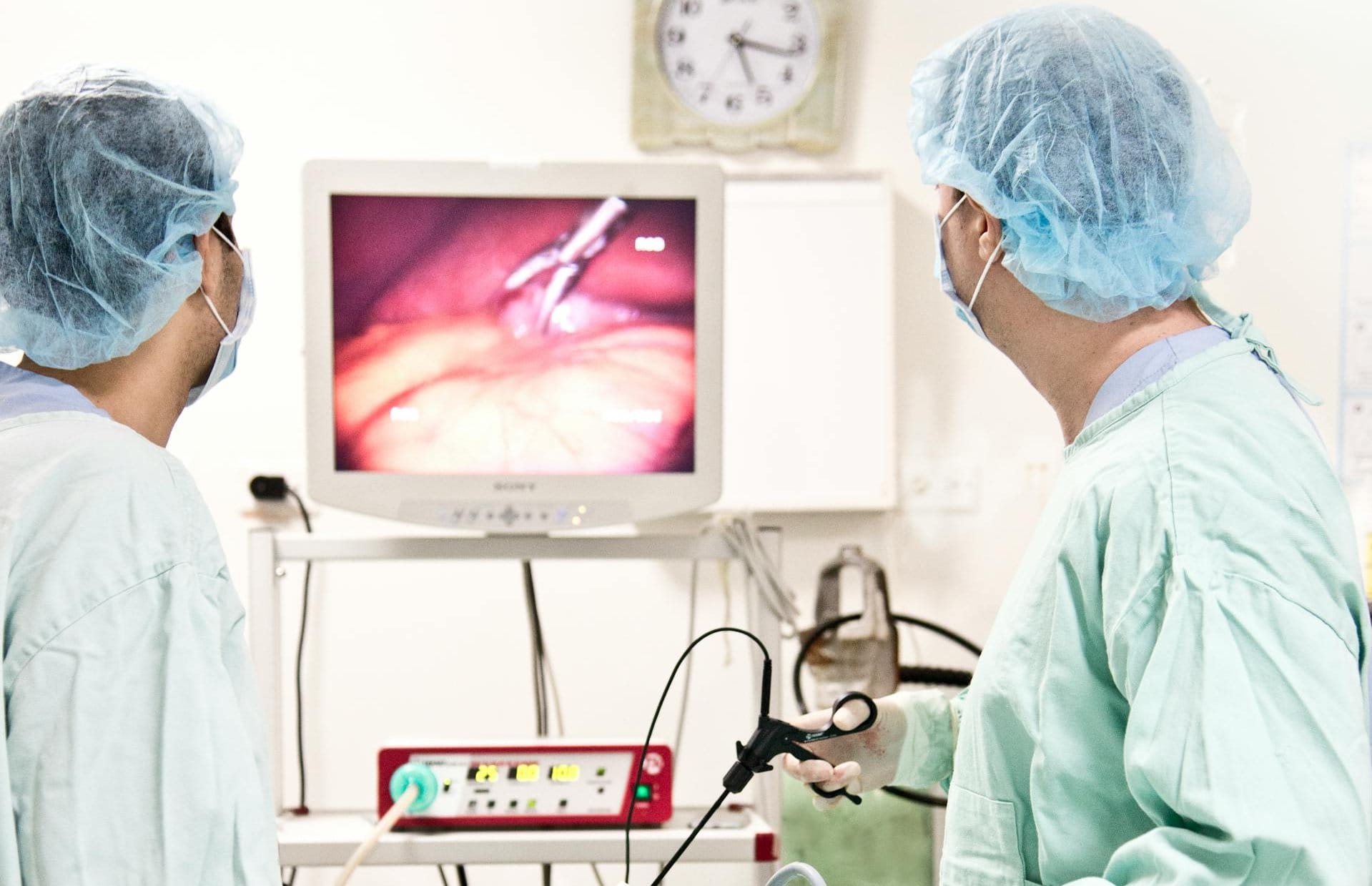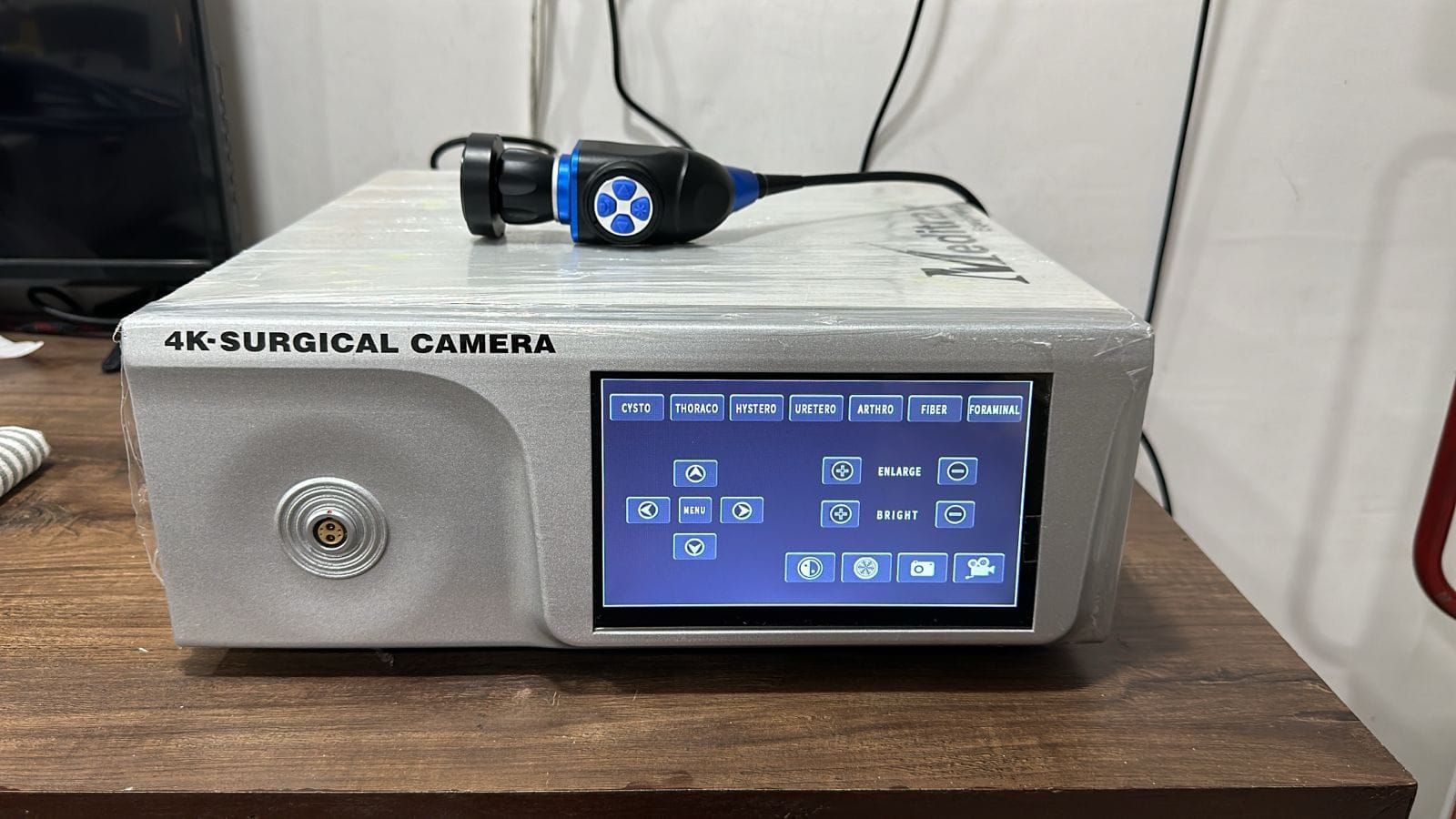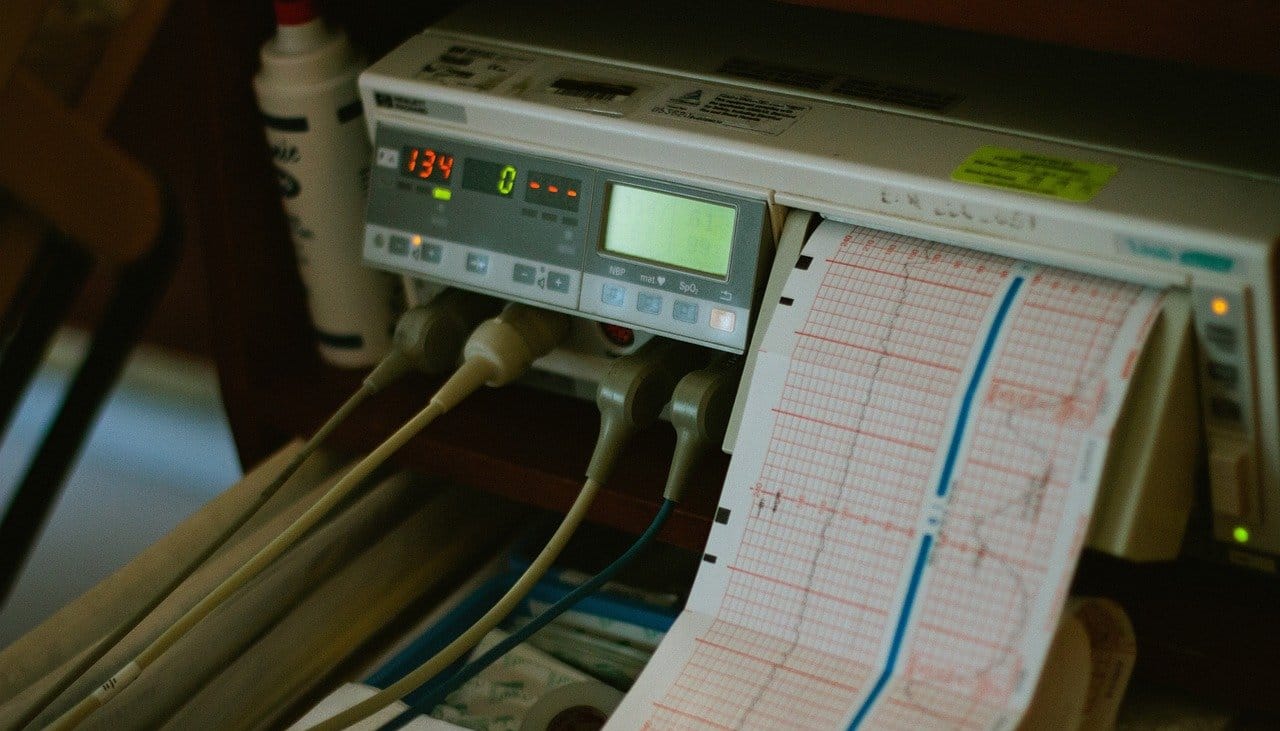At EndoscopCam, we understand how critical it is to keep your endoscopy equipment functioning at its best. These tools are an integral part of your practice, and their longevity depends on proper care and maintenance.
Endoscopy equipment is a significant investment in the healthcare industry. These sophisticated tools play a pivotal role in diagnostics and treatment, making their upkeep essential for ensuring accurate performance and minimizing costly repairs. To help you protect your investment, here are some essential maintenance tips to keep your endoscopy equipment in top condition.
1. Follow Manufacturer’s Guidelines
Always adhere to the manufacturer’s recommendations for handling, cleaning, and storing your equipment. The guidelines provide specific instructions tailored to the device’s design, ensuring safe and efficient use. Skipping these steps can lead to unintentional damage or void warranties, resulting in avoidable expenses.
2. Thorough Cleaning After Every Use
Proper cleaning is vital to prevent contamination and maintain functionality. Use only approved cleaning agents and avoid harsh chemicals that can damage delicate components. Rinse thoroughly to remove any residue that could compromise performance. Cleaning should also include flushing out channels and sterilizing components to ensure all parts are free from debris or pathogens. Failing to clean equipment adequately may lead to biofilm buildup, which can be difficult to remove and may cause infections.
3. Inspect for Damage Regularly
Before and after each use, inspect the equipment for visible wear, cracks, or other damages. Pay close attention to sensitive parts like lenses, light sources, and insertion tubes. Early detection of issues can prevent small problems from escalating into costly repairs or replacements. Additionally, routine inspections can help identify wear patterns that might indicate improper use or handling.
4. Proper Storage
Store endoscopy equipment in a dry, temperature-controlled environment to avoid exposure to moisture, extreme heat, or cold. Use protective cases or designated storage racks to prevent physical damage. Ensure that cords and tubes are not kinked or twisted during storage, as this can weaken their structural integrity. Creating a dedicated storage area reduces the risk of accidental damage and ensures the equipment is always ready for use.
5. Routine Professional Maintenance
Schedule periodic servicing with certified technicians. Professional maintenance ensures that internal components are inspected, calibrated, and replaced if necessary, keeping the device performing at its best. Technicians can identify potential issues that might not be visible during routine inspections. Investing in professional care reduces the likelihood of unexpected breakdowns, ensuring uninterrupted service in your practice.
6. Avoid Improper Handling
Train your staff on proper handling techniques to prevent accidental damage. Encourage careful coiling of insertion tubes, gentle attachment of accessories, and proper plugging/unplugging procedures. Mishandling is one of the leading causes of equipment damage, often resulting from a lack of training or haste. A clear protocol for handling equipment should be established and reinforced regularly to minimize errors.
7. Use Compatible Accessories
Ensure all accessories and replacement parts are compatible with your equipment. Using non-approved parts can lead to malfunctions, void warranties, and reduce the overall lifespan of the device. Manufacturers typically provide a list of approved accessories, making it easier to select the right components for your needs.
8. Document Maintenance Activities
Maintain a detailed log of cleaning, inspections, and professional servicing. This record helps track the device’s history and demonstrates compliance with regulatory standards. It also serves as a reference point for identifying recurring issues or planning preventive maintenance. Proper documentation can be crucial during audits or when troubleshooting equipment performance problems.
9. Invest in Staff Training
Well-trained staff can significantly impact the lifespan of your equipment. Regular training sessions on handling, cleaning, and storage practices reduce the risk of mishandling. Providing updated training whenever new equipment is introduced ensures that everyone is familiar with the latest procedures. In addition to technical training, emphasizing the importance of care and diligence fosters a culture of responsibility.
10. Stay Updated on Technology
Advancements in endoscopy technology may include improved cleaning agents, accessories, or maintenance tools. Stay informed to ensure your maintenance practices are up-to-date. Joining professional organizations, attending workshops, and subscribing to industry publications are excellent ways to stay current with best practices and innovations.
11. Develop a Maintenance Schedule
Creating a comprehensive maintenance schedule tailored to your equipment’s usage patterns can streamline care routines. Include daily, weekly, monthly, and annual tasks to cover all aspects of maintenance. Assign responsibilities to specific team members to ensure accountability. A well-planned schedule not only prevents lapses but also helps in budgeting for professional servicing and replacement parts.
12. Monitor Performance Metrics
Tracking the performance of your endoscopy equipment can provide early warnings of potential issues. Monitor factors such as image clarity, light intensity, and overall device responsiveness. Any deviation from standard performance should be addressed immediately to prevent further complications.
13. Handle Repairs Promptly
If an issue arises, address it without delay. Continuing to use equipment with minor faults can exacerbate the problem, leading to more extensive and expensive repairs. Establish a relationship with a trusted repair service to ensure quick and reliable assistance.
Conclusion Proper maintenance of endoscopy equipment is not just about prolonging its lifespan but also about ensuring patient safety and accurate diagnostics. These devices are integral to your medical practice, and their reliability directly impacts the quality of care you provide. By following these tips, you can safeguard your investment, reduce downtime, and maintain the trust of your patients and team. A little care goes a long way in keeping your endoscopy equipment in pristine condition.
Remember, consistent maintenance practices not only protect your investment but also support the critical work of your healthcare team. Make maintenance a priority to ensure that your endoscopy equipment serves you well for years to come.




